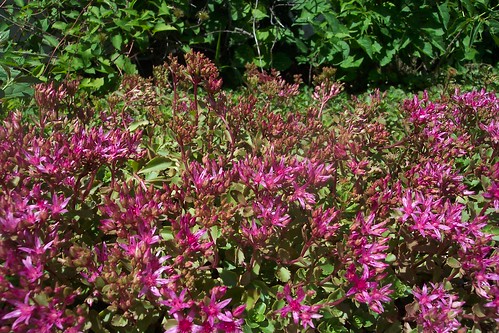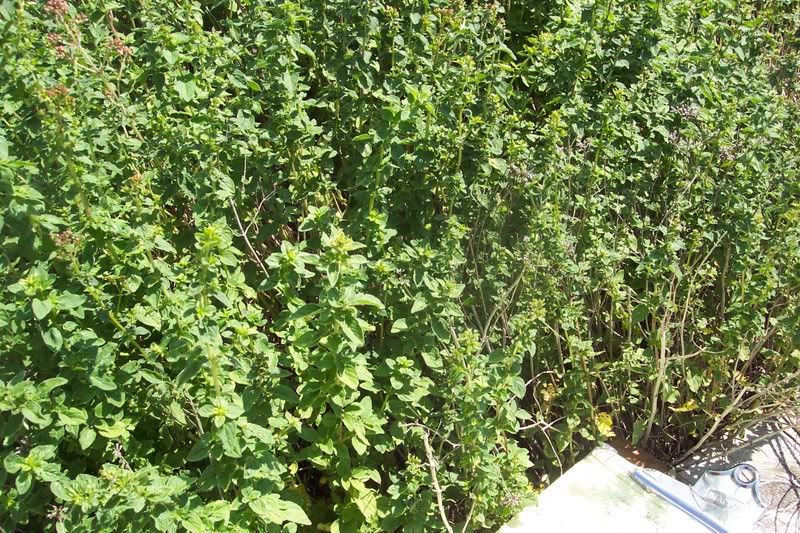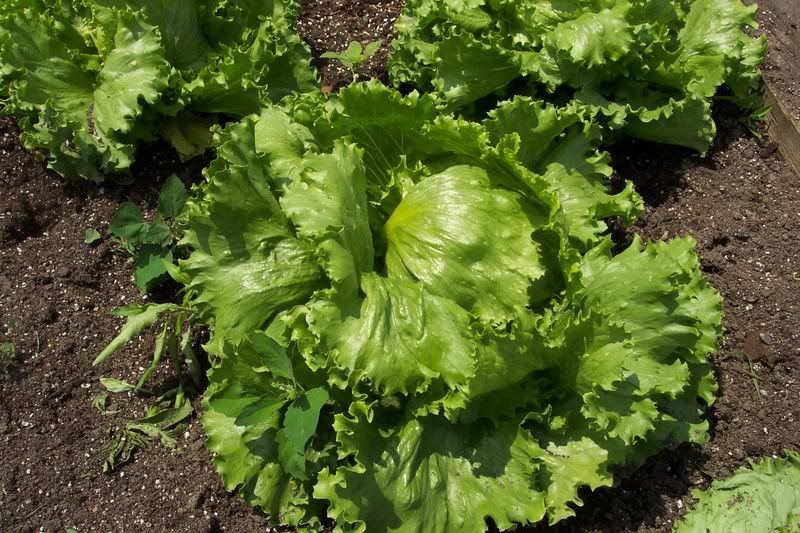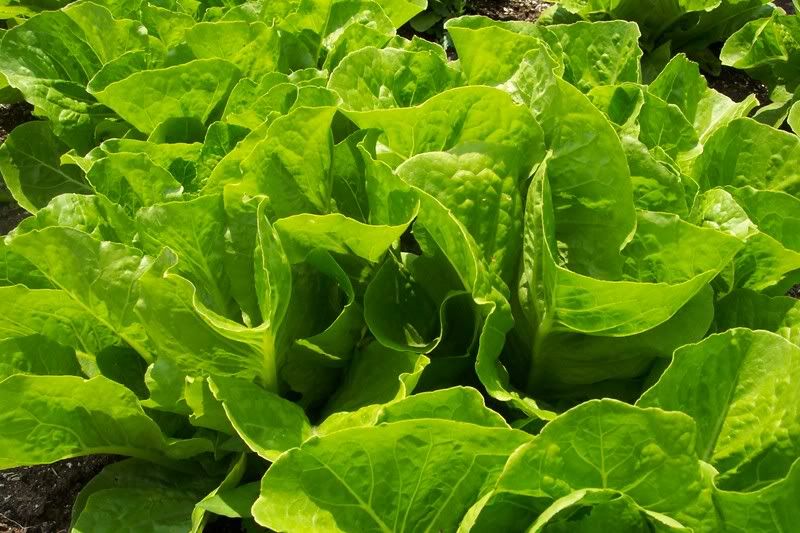We have a flower bed that is right next to a concrete slab. It gets full sun all day and reflected sun from a white wall. It also does not get watered as much as it should.
Because of the hot, dry conditions, we had problems getting plants to grow there.
The solution to our problem was to plant sedum, in this case the variety “Dragon’s Blood”. It is a low growing (3″-4″ tall), sprawling plant that has reddish foliage, hence the name “Dragon’s Blood”.
As the branches grow, they tend to root themselves at that point. Once they are established, they can withstand very dry conditions.
As an additional bonus, they will also flower. Here is a photo I took last week of our Dragon’s Blood sedum blossoming:

As you can see, the sedum densely covers the space, effectively choking out any weeds. It’s a great plant for a difficult area.
Bob










